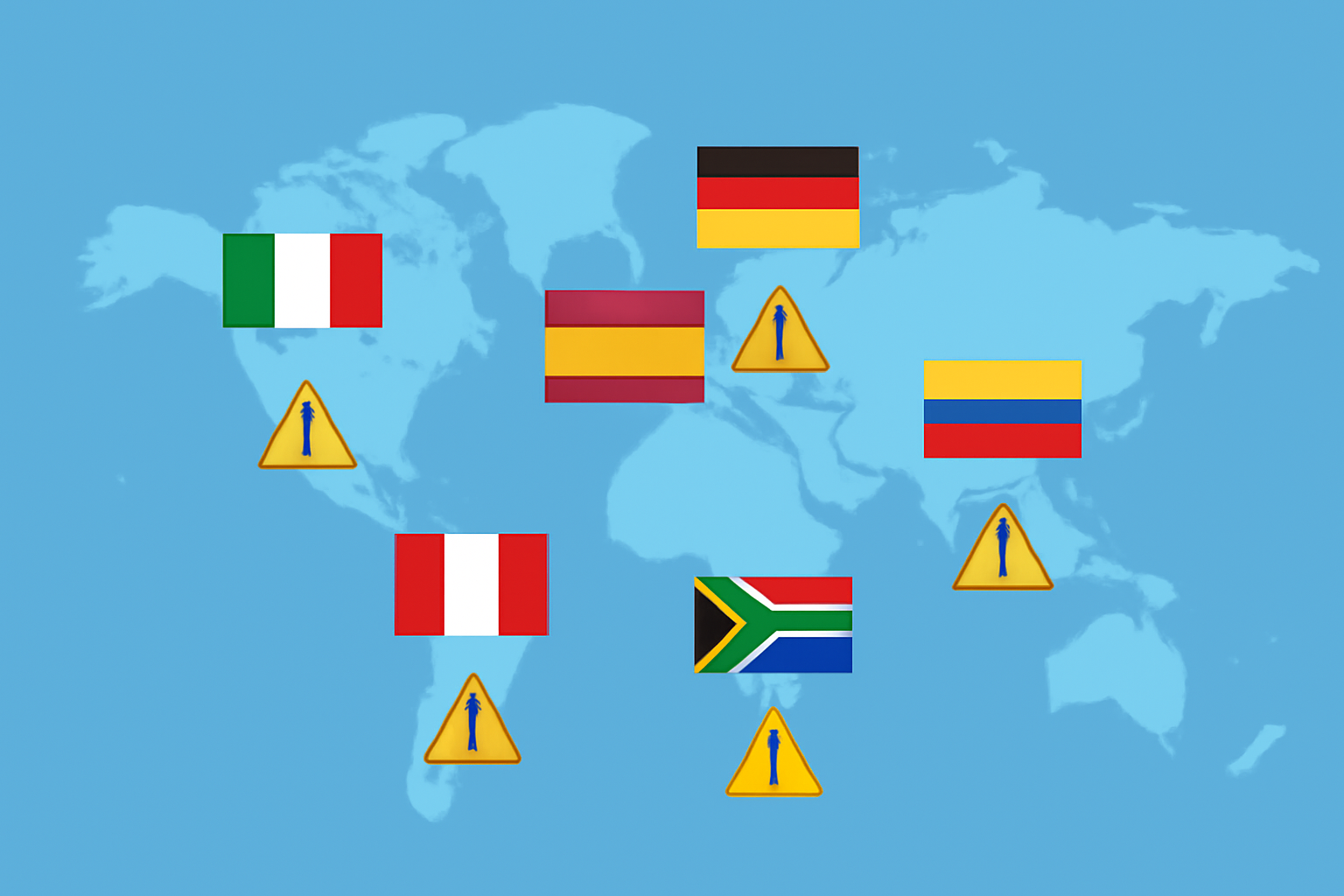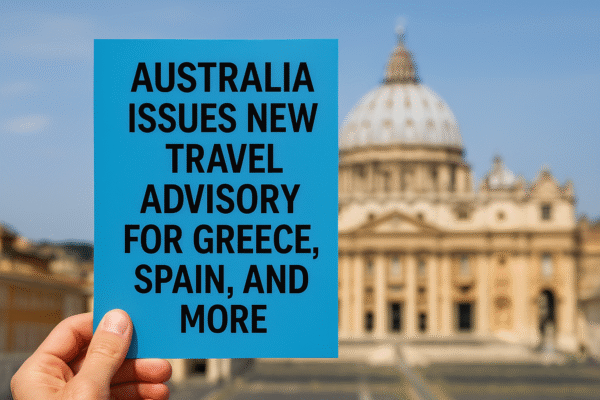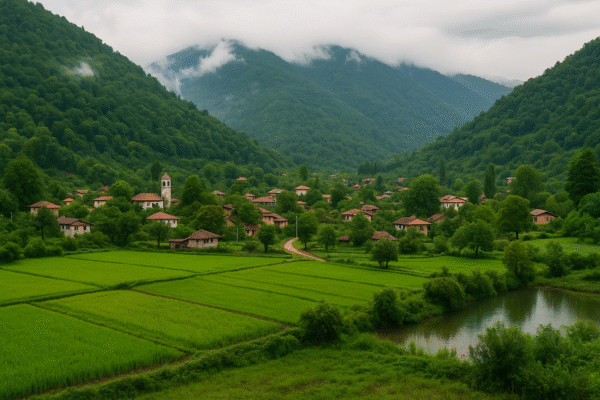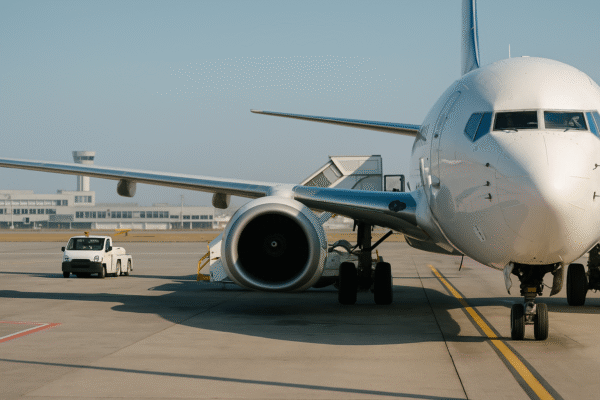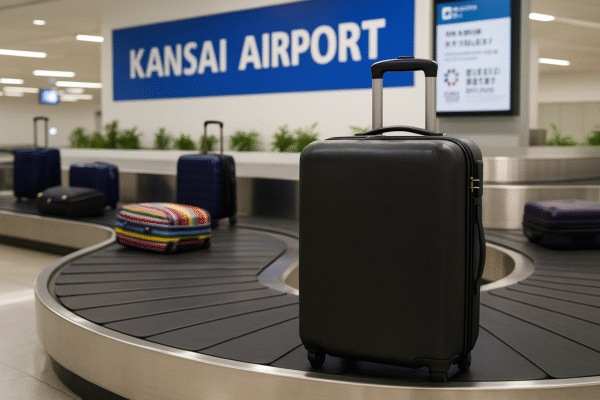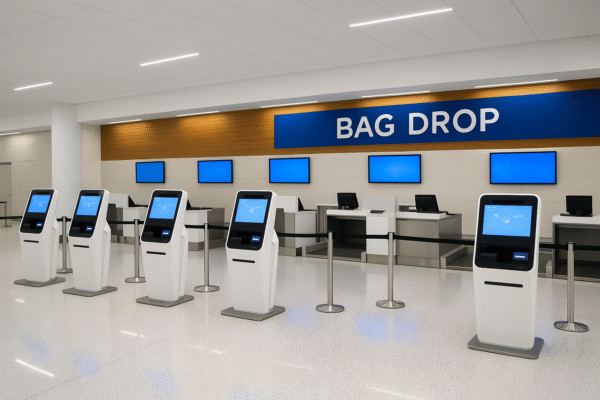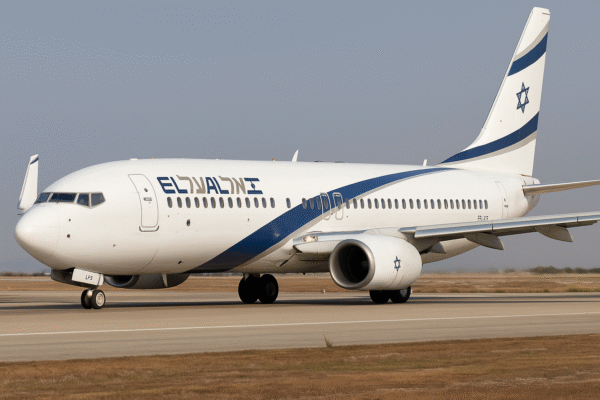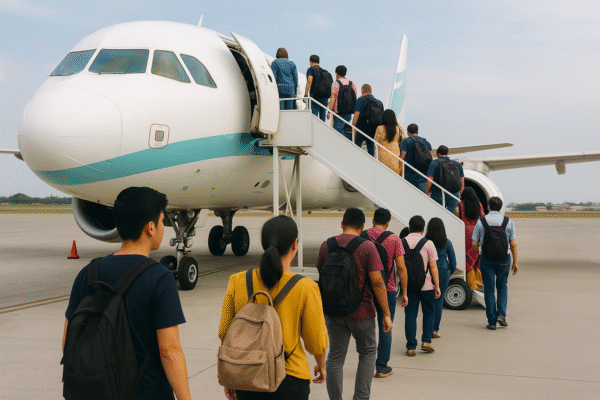As 2025 unfolds, Asia’s rapidly expanding middle class is driving a profound shift in global tourism—marked by surging travel volumes, digital innovation, prioritization of cultural authenticity, and rising demand for sustainable, personalized vacations.
A New Era in Asian Travel Dynamics
Over the next decade, Asia’s middle‑income population is set to soar. Estimates predict that by 2030, Asia-Pacific will account for two‑thirds of the world’s middle class, with 81 percent of Asia’s population in this group. This demographic transformation is not only increasing travel volume—it is reshaping the very nature of tourism. Asia-Pacific’s population is expected to reach 4.3 billion by 2030, solidifying its role as the “global growth engine” of travel.
Outbound Travel Breaks Records
India, a rapidly emerging travel market, registered its highest-ever outbound tourist numbers in 2024, fuelled by the rising middle class and expanded airline connectivity. Indian nationals are increasingly venturing abroad—with Abu Dhabi, Hanoi, and Bali emerging as top destinations. Industry projections place India among the top five outbound travel markets by 2027, with outbound tourism value exceeding $89 billion, more than doubling since 2019.
Beyond India, the Asia-Pacific region continues to lead global tourism resurgence. Mastercard’s latest report lists eight Asia-Pacific locations among the top 15 trending summer destinations, with Tokyo, Osaka, and Vietnam’s Nha Trang experiencing the most dramatic growth.
Demand for Digital-First and Cultural Travel
Tech-savvy travelers are redefining expectations. They seek seamless booking across flights, hotels, and experiences, often via one platform. Hospitality players are innovating to meet these demands—integrating digital payments, bundled services, and tailored offerings.
At the same time, authentic cultural immersion has become a top priority. Travelers—from Gen Z to affluent families—are opting for heritage trails, local cuisine, and experiential adventures over conventional resorts. From trekking Nepal’s Annapurna Circuit to exploring Cambodia’s temples or diving in the Philippines, these journeys deliver storytelling and social‑media appeal.
Cruise Tourism and Luxury Hospitality Growth
In India, cruise tourism has grown nearly five‑fold over the past decade—a testament to rising disposable incomes and demand for upscale travel. The middle class is now embracing maritime experiences once reserved for the elite.
Global hotel chains are closely watching this trend. Hyatt, for instance, is expanding strongly in India, aiming to operate 100 hotels within five years (from 325 in Asia‑Pacific) as the nation’s affluence and urban growth make it a strategic focus.
Sustainable and Responsible Tourism on the Rise
Sustainability is earning a central role in travel choices. Thailand, for example, is promoting a carbon-neutral, eco-conscious tourism model under its “Amazing Thailand Grand Tourism & Sports Year 2025” campaign. It has launched net-zero tourism efforts across all provinces and highlighted destinations like Nan Old Town and Chiang Khan at ITB Berlin 2025.
These green initiatives are aligned with broader trends: Asia’s growing traveler cohort prefers trips that balance cultural authenticity with environmental responsibility.
Market Momentum and Economic Forecasts
The Asia-Pacific tourism market is on a powerful upward trajectory. Revenues are expected to climb from USD 155.5 billion in 2025 to USD 296.5 billion by 2035—at a robust 6.7 percent compound annual growth rate.
Further, Asia-Pacific continues to dominate global tourism momentum, underpinned by experience-based travel, growing outbound flows, and digital services. Emerging from this dynamism are travelers who value personalization, cultural depth, seamless booking, and sustainability.
What It All Means for Travel Industry Stakeholders
Airlines and OTAs must cater to Asian travelers’ preferences for ease and variety—offering mobile-first booking, curated local experiences, and flexible packages.
Hotels and resorts have the opportunity to differentiate via local flavor—offering cultural tours, multilingual services, bespoke cuisine, and eco-friendly practices—while maintaining comfort.
Travel platforms can leverage data to personalize offers—predicting holiday travel trends or adjusting packages to regional preferences based on booking behavior.
Governments and destination marketers must invest in sustainable infrastructure, promote emerging regions beyond hotspots, and support responsible, equitable tourism.
Travelers: A World of Stories Awaits
For travelers, the Asian middle class’s ascent marks a new era of discovery. Whether trekking in the Himalayas, exploring market streets in South India, floating down Thai rivers under eco-lodge canopies, or cruising along scenic shores, there’s an increasing array of options that combine cultural richness, effortless planning, and thoughtful sustainability.
For more travel news like this, keep reading Global Travel Wire




